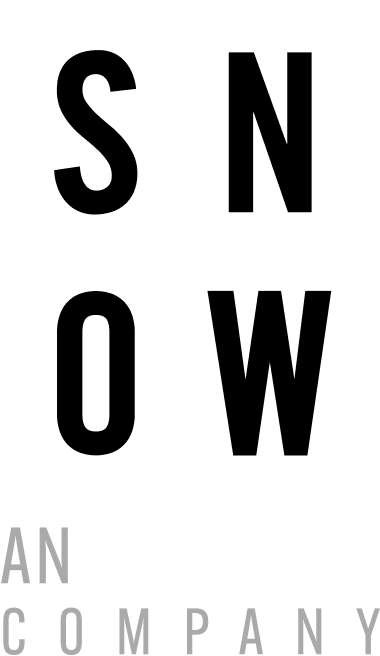Media buying is buying media.
Voilà. Presto. *chef’s kiss*. Now you know. Job done.
Right?
Not so much.
It’d be grand if it were so simple but there’s just a touch more nuance to media buying than throwing down cash for ad space all willy nilly like that.
First of all, crucially, the buying comes after planning and strategy. The media buyer picks up where the media planner leaves off. Maybe it’s even the same person or all handled in-house like we do at The Snow Agency. Without thorough and proper planning, you’re playing at a disadvantage and your campaign is more gambling than anything else.
You won’t know what to buy without the proper research and targeting your message, as per the usual, is vitally important to any ad campaign’s success.
Media Buying Defined
In broad terms, media buying is purchasing the media space and the time slots that are most valuable and profitable for your marketing message. In other words, getting your ad/brand in front of your target audience, in the right context, at the appropriate time and place for them to act on it.
Think of it this way, you could have the greatest motorcycle commercial in the history of motorcycle commercials, but if it’s playing on Nick Jr at 10:45 in the morning, are the right people seeing it? Your mail-order steak company nailed the photography and copy but the ad is running in Vegetarian Times, is your target demo and market really being reached?
You get the idea.
Let’s break it down:
Choosing the Mediums and Outlets – There’s a wide array of choices: print, digital, TV, radio, billboards, etc. to choose from, making sure you know which medium will spread your message best is paramount. More importantly, each medium requires specific messaging. What works on TV isn’t the same as what works on a billboard or digital.
Consider that each media channel has seemingly endless outlets. You’ve decided print is the way to go. Great. Which magazine? It’s easy to whittle down to a few in a genre but that’s where the fun begins.
After you’ve settled on the medium and outlet, it’s time to negotiate the pricing and having great relationships and connections certainly doesn’t hurt here.
Analyze – It’s not over after the media channels and outlets have been chosen and contracted to. After delivering the media and launching the campaign, ongoing analysis is huge. If it’s a digital campaign, for example, is it getting clicks? What are the impressions? How many hits is the site getting?
No matter what the media buy was, the question that needs to be continuously asked is: are we hitting the goals from our plan? If yes, wonderful, good job!
If not…
Make Changes and Optimize – Nothing is static. If it’s not working, tweak it. Maybe a competing company launched something and it’s adversely affecting your plan, no problem, you’ve got to be flexible and ready to adapt to whatever comes your way. Look at the figures, let the data direct your action.
Have your head on a swivel and don’t be too rigid. The goal is results and if that requires an abrupt shift, be ready to make them to optimize the buy.
Post-game Breakdown – Once the dust has settled on everything, go through and evaluate the numbers. Analyze the campaign in its entirety. Did you meet your goals? Did any trends emerge? Did one outlet work better than another? Why?
Dig into it. Learn from your success and your mistakes and be data-driven when applying it to future media buying.
How Do I Get Media Buying for My Business?
Media buying is as much of an art as it is a science. The biggest issue we often see is that people treat it as a guessing game or go with their gut. Getting your ads in front of the right people isn’t as simple as it sounds and with so many companies after the same spaces, it helps to have experts at media buying in your corner.
If you’re tired of those campaigns falling flat, paying too much for weak results, not getting the right placement or anything else, let us know. At The Snow Agency, we’ve been doing media planning and buying for years.
